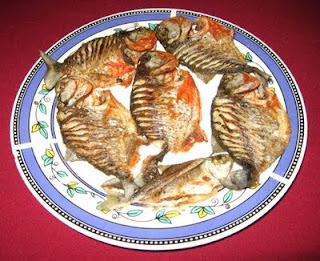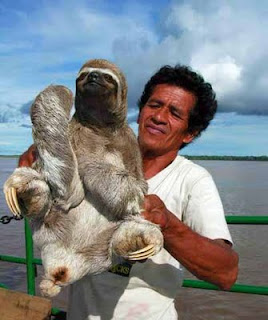23 September, 2009
By Simon Robinson
From saving wild mountain rivers in China to measuring the Arctic's icy expanse, from protecting the lush forests of Africa to conducting a feisty online debate, our green heroes are informed by this simple notion: We can all make a difference
It's easy to think that all the hard decisions are in the hands of our leaders alone. Not true. As the men and women in the following pages prove, we can all make a difference. Pen Hadow, leader of a daring survey across the Arctic to measure the thickness of sea ice, puts it this way: "Turning off a standby light once won't make a difference. Do it for the rest of your life and that amounts to something. And if everybody's doing something, then we're moving in the right direction." We hope our environmental heroes provide both inspiration and action. Like financial pundits, most of them embrace the idea that a crisis also presents opportunity. They are heroes because they set out to discover what that opportunity might be.
Read more...

























